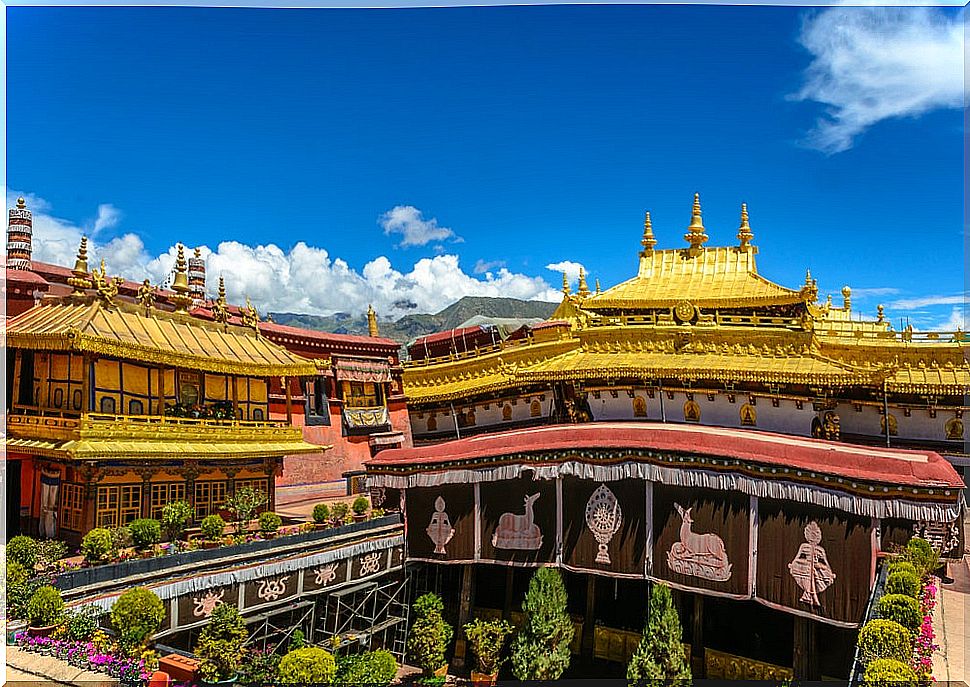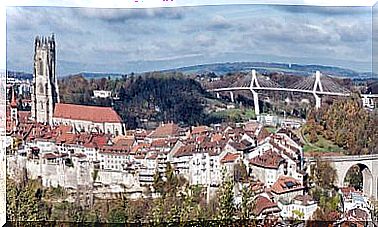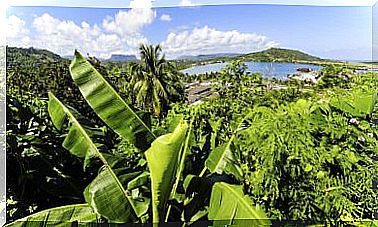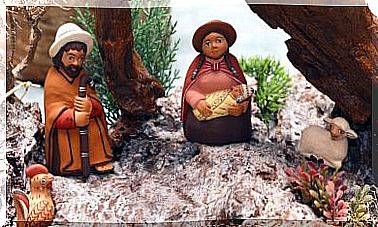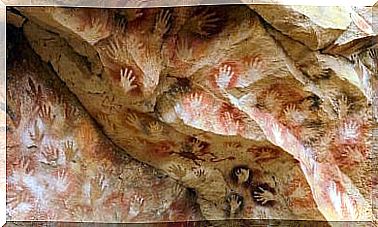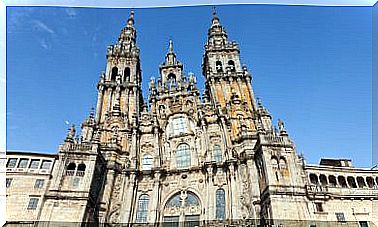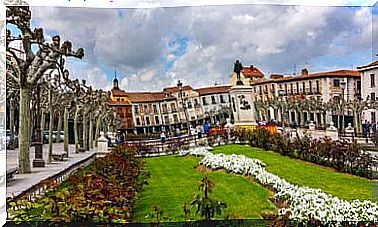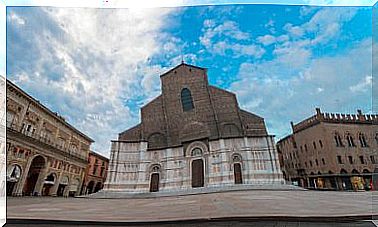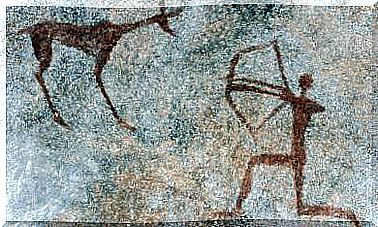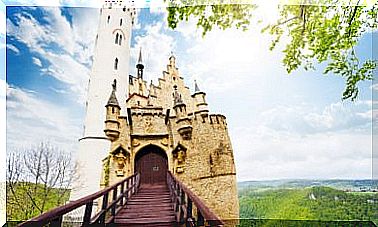The Norbulingka Palace, One Of The Attractions Of Lhasa
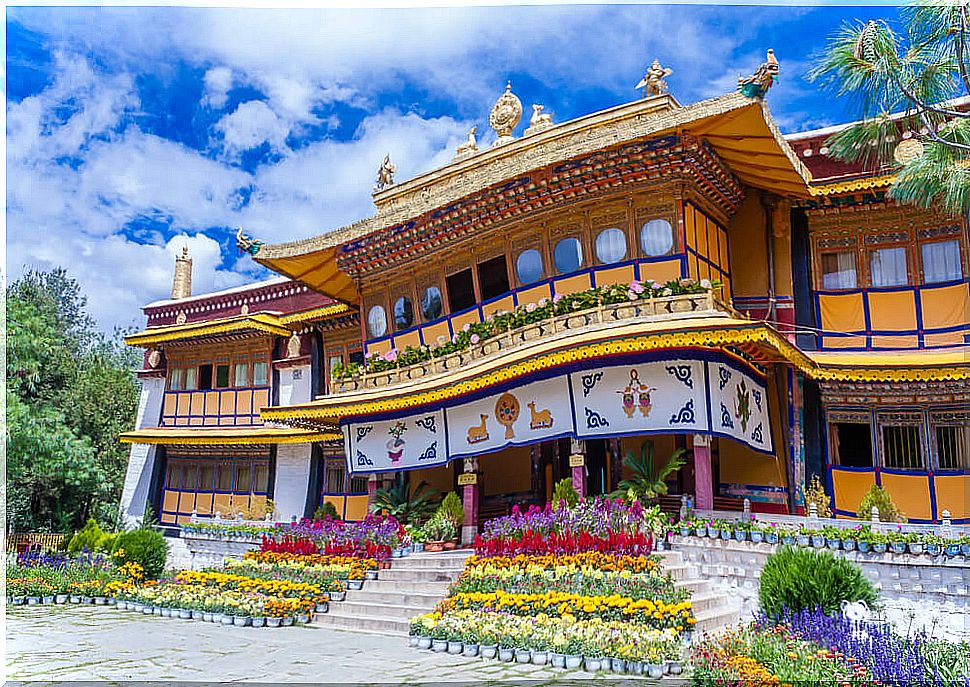
In Lhasa, the capital of Tibet, is the Norbulingka Palace. This is one of the most representative buildings of Tibetan culture, a huge palace complex that is another of the great tourist attractions in Lhasa, next to the Potala Palace.
Join us to get to know this palace a little more closely. Discover its history and obtain the necessary information to enjoy the trip thanks to our advice.
History of the Norbulingka Palace
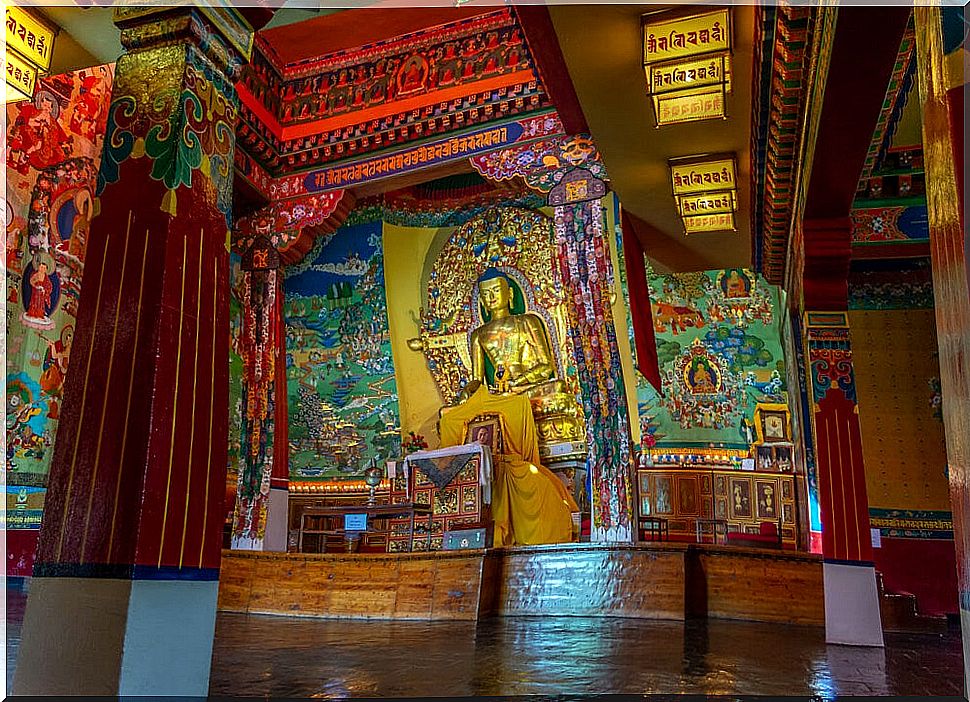
Norbulingka Palace, whose name means ‘the jewel of the park’, was built by order of Kelsang Gyatso, the seventh Dalai Lama, in the year 1755. This would become the summer residence of the next Dalai Lamas until the occupation of Lhasa for the People’s Republic of China.
It is located about three kilometers west of the famous Potala Palace, the winter residence of the Dalai Lama, and on the bank of the Kyichi River. It is said that the spring coming from this river has healing waters, hence it was one of the reasons for its location.
Its particular architectural style is one of the best representations of the Tibetan palace style. Still, the resort tastefully mixes styles as different as Chinese, Indian Vihara or Nepalese. It was declared a World Heritage Site by Unesco, along with the rest of the historical complex of the Potala Palace, in 2001.
A walk through the Norbulingka Palace
A full visit to the Norbulingka Palace will take at least a couple of hours. It has a set of several large buildings where we can find chapels, pavilions, gardens and other elements such as fountains or large squares.

The first building of the complex to be built was the Gesang Pozhang Palace, and it will be the first we will see during our route. Further west, we will find the Kalsang Potang, one of the best examples of traditional Gelugpa architecture. This is very easy to recognize by the use of yellow bonnets.
In addition, the interior of the palace hides one of the largest man-made gardens, with more than 19 hectares. In it we will find beautiful ponds, fountains, Buddha statues, walks surrounded by native flora and an orchard restored in recent years.
In the same way, we can get lost in the 374 rooms of the palace. In them we can see some incredible frescoes that represent the history of Tibet, as well as other murals and paintings.
There is even a small zoo created to keep the animals that the Dalai Lama himself received and a small movie theater built in 1950 by Heinrich Harrer.
At the end of the visit, we can walk through the retreat area of the thirteenth Dalai Lama. Here we will find a statue of Chenresig and one of the largest collections of ancient books in Tibet.
Other data of interest

The most important thing to know before traveling to Tibet is that we can only visit it through an agency. This not only prevents the possibility of free travel, but also the route proposed by the agency must be approved by the Chinese authorities.
Today, Lhasa has its own airport due to increased tourism. For this reason, daily visit quotas have also been established in order to preserve the essence of the place.
We recommend visiting between spring and autumn, when temperatures are milder. In addition, it coincides with the festivities period, where we can enjoy a multitude of activities.
Thus, you will be able to participate in one of the most popular festivals, that of Sho Dun. This, also known as the Yogurt Festival, takes place in early August. Here families and groups of friends gather to eat and enjoy shows such as Tibetan opera.
Although the Norbulingka Palace is somewhat overshadowed by the presence of the Potala Palace in Lhasa, it is visited daily. Therefore, we recommend visiting it first thing in the morning.
The average duration of the visit is two hours and the ticket price is about eight euros per person. In addition, here we can take pictures of the interior of the buildings, which is not allowed in the Potala.
